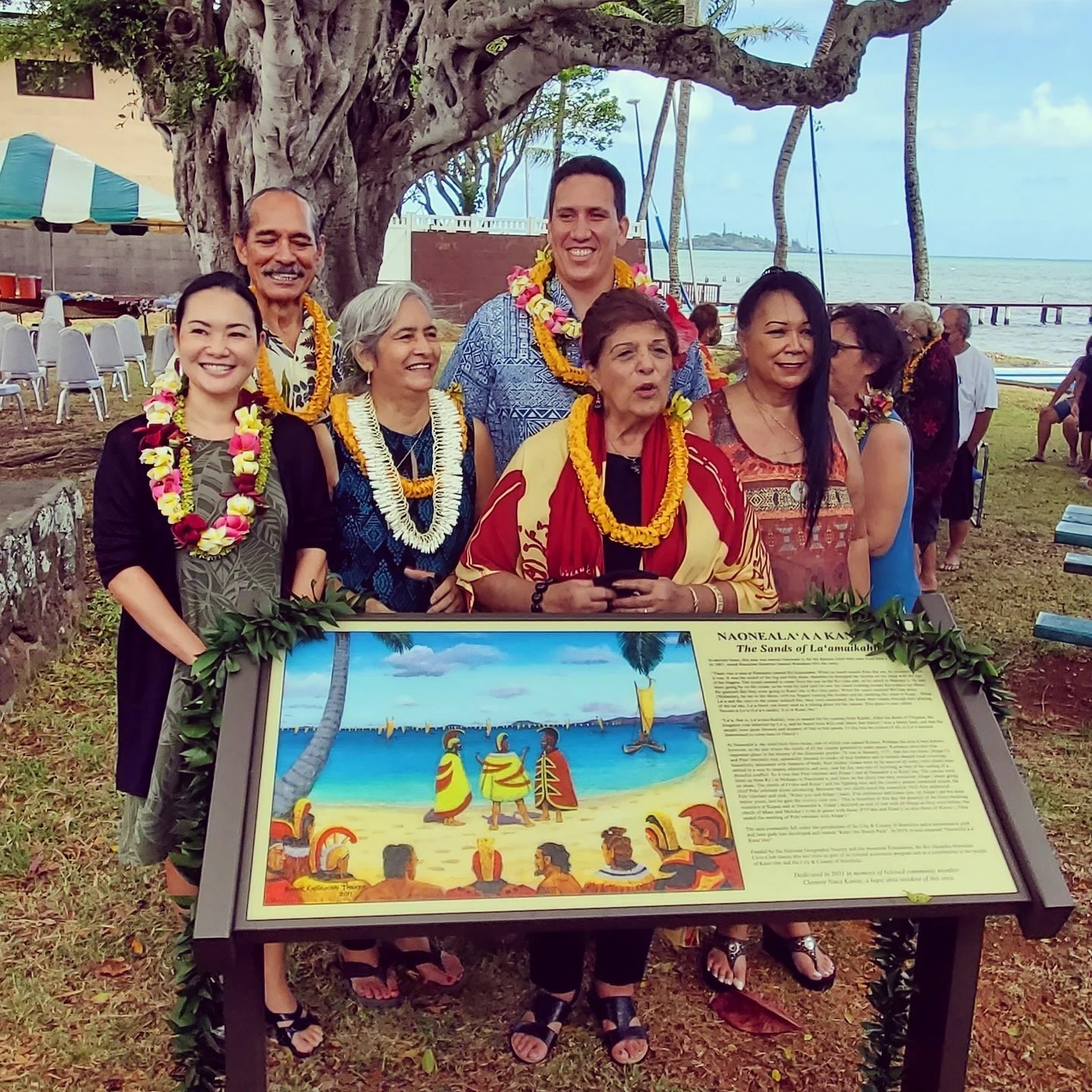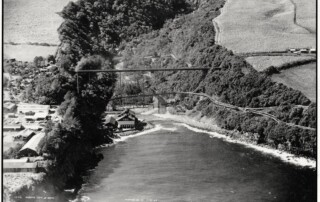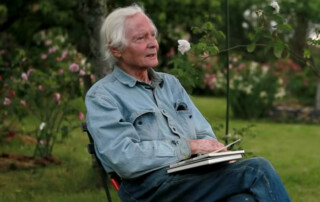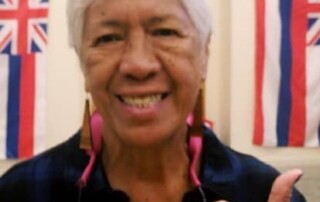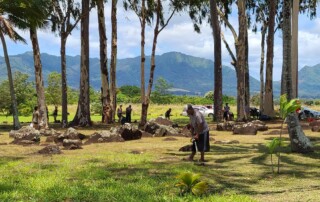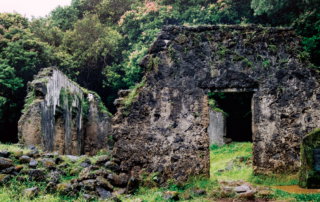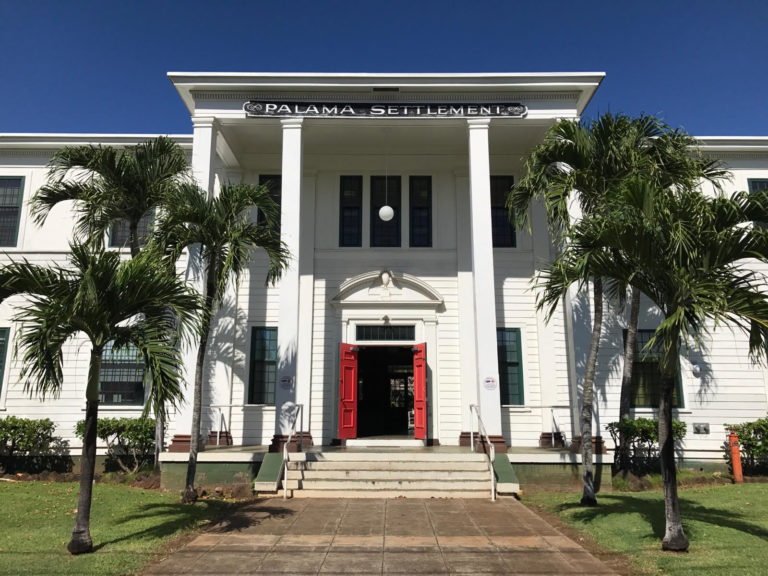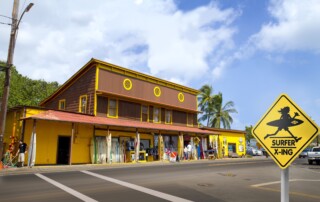The O-bon Tradition in Hawai‘i
In Hawai‘i, the Japanese o-bon season is widely known for its bon odori (dance festivals) which are held across the Islands, attracting crowds of people throughout the summer. The festival season traditionally kicks off in early June at the Hawai‘i Plantation Village in Waipahu and at least one festival is held every weekend thereafter. The simple joy of gathering with friends to dance, donning a colorful yukata (cotton kimono) or hapi coat, following the rhythmic beat of taiko drums on a hot summer evening is a special memory for many. Although this year live bon dances in Hawai‘i have been cancelled again due to the covid-19 pandemic, many temples are offering virtual celebrations (see notes below). Beyond the merrymaking--what is the meaning of o-bon? Reverend Junshin Miyazaki of Hakalau Jodo Mission offered these reflections to share. O-bon Sermon by Reverend Junshin Miyazaki of Hakalau Jodo Mission Depiction of obon customs, 1867 (courtesy Hakalau Jodo Mission) O-bon is a mixture of many religions and cultures. The customs, the expression of O-bon, vary by region. Generally, the belief is that the spirits of the deceased come back from the other world to this world during O-bon. People welcome the deceased by having a minister officiate at a service at the home altar, making cucumber horses and eggplant cows to ride, making a fire and hanging lanterns outside so the deceased do not get lost, offering good foods, and dancing all night under the full moon. The deceased who passed away after the previous O-bon come back to this world for the first time. They are called Hatsu-bon or the First O-bon and people made much of it. The family hang a white chochin outside the [...]



